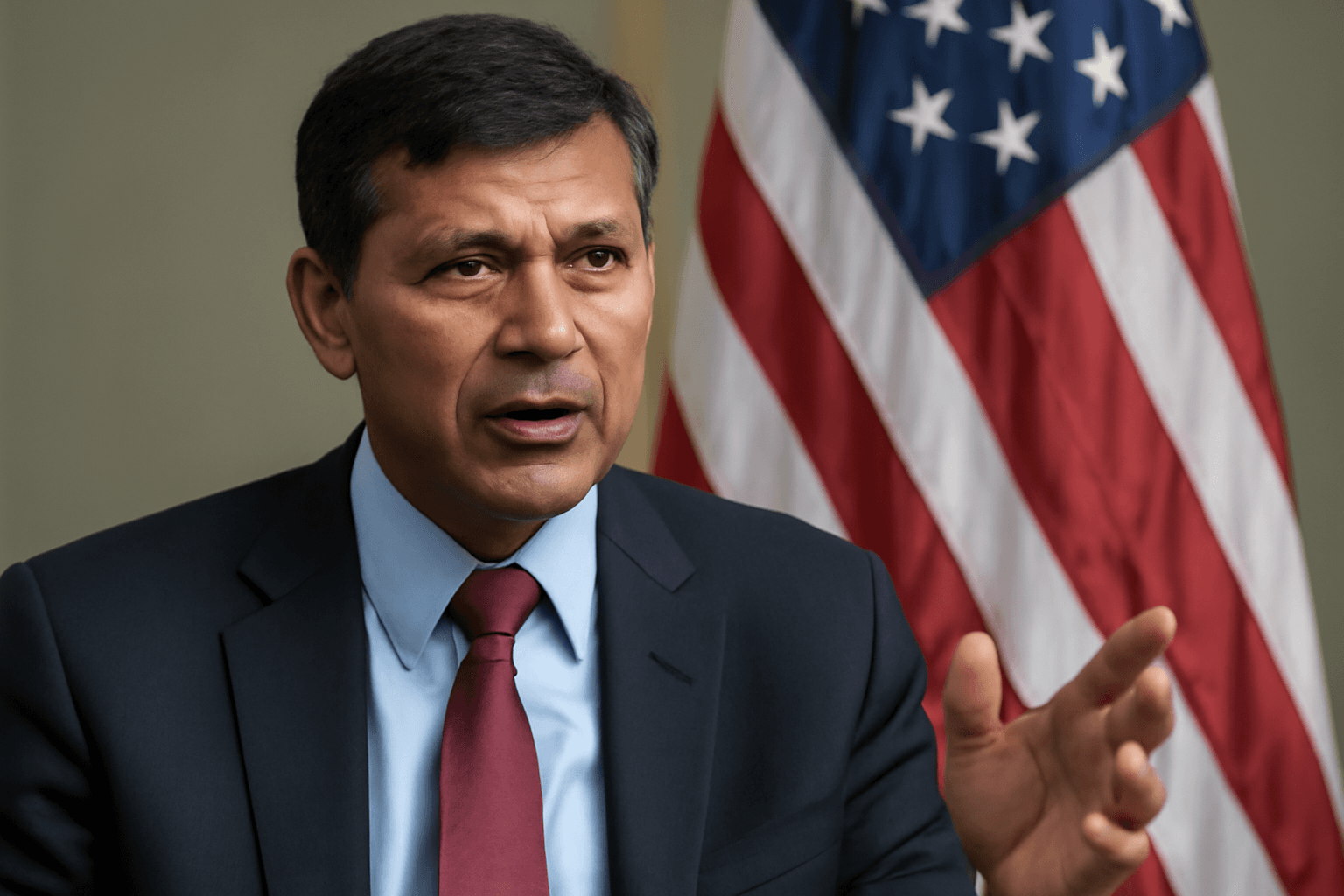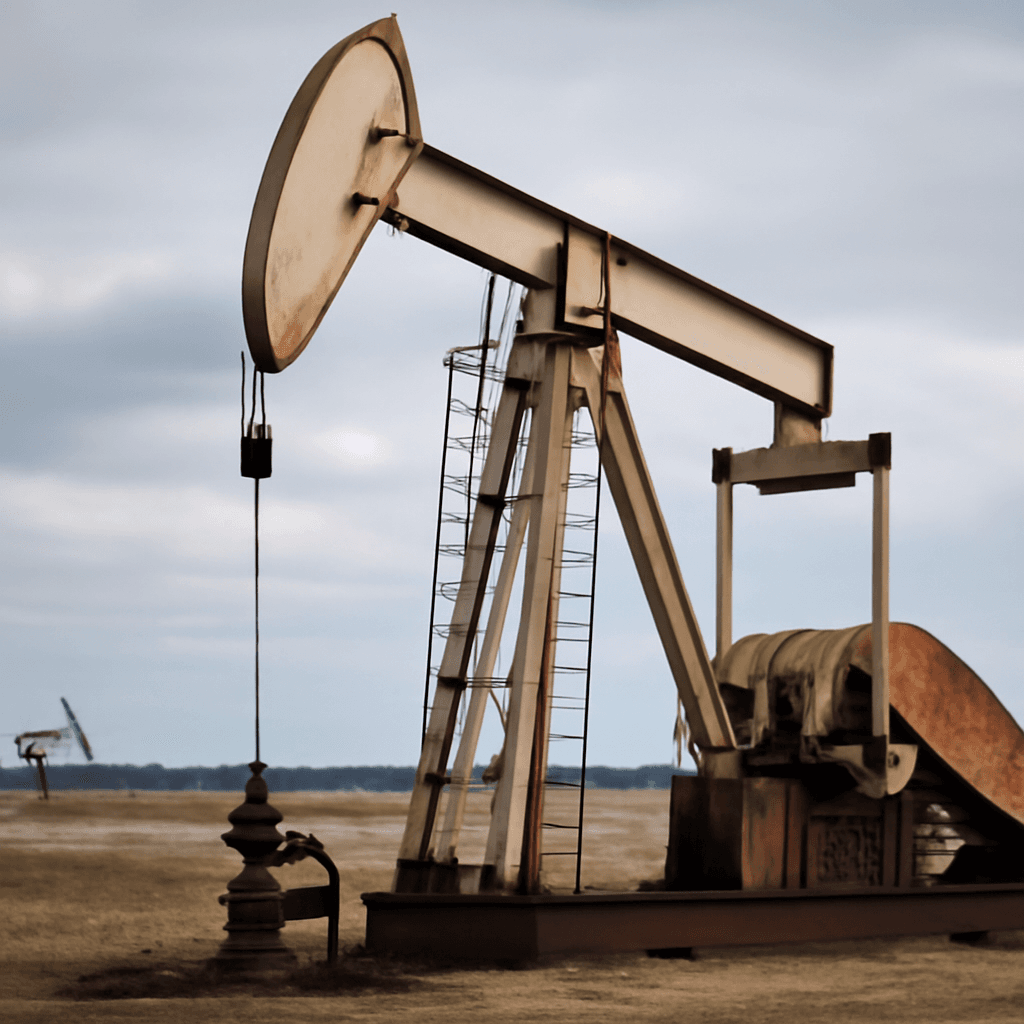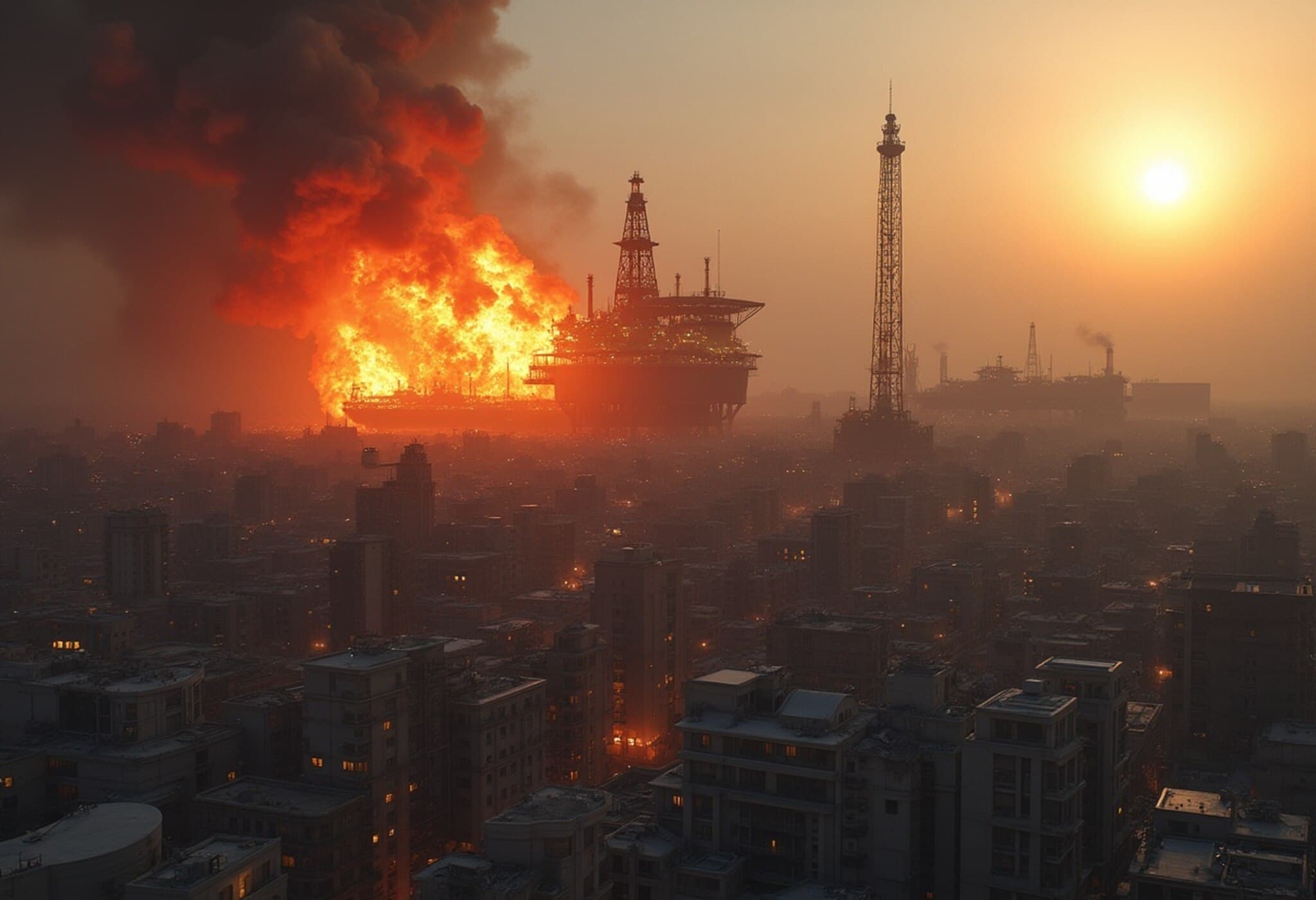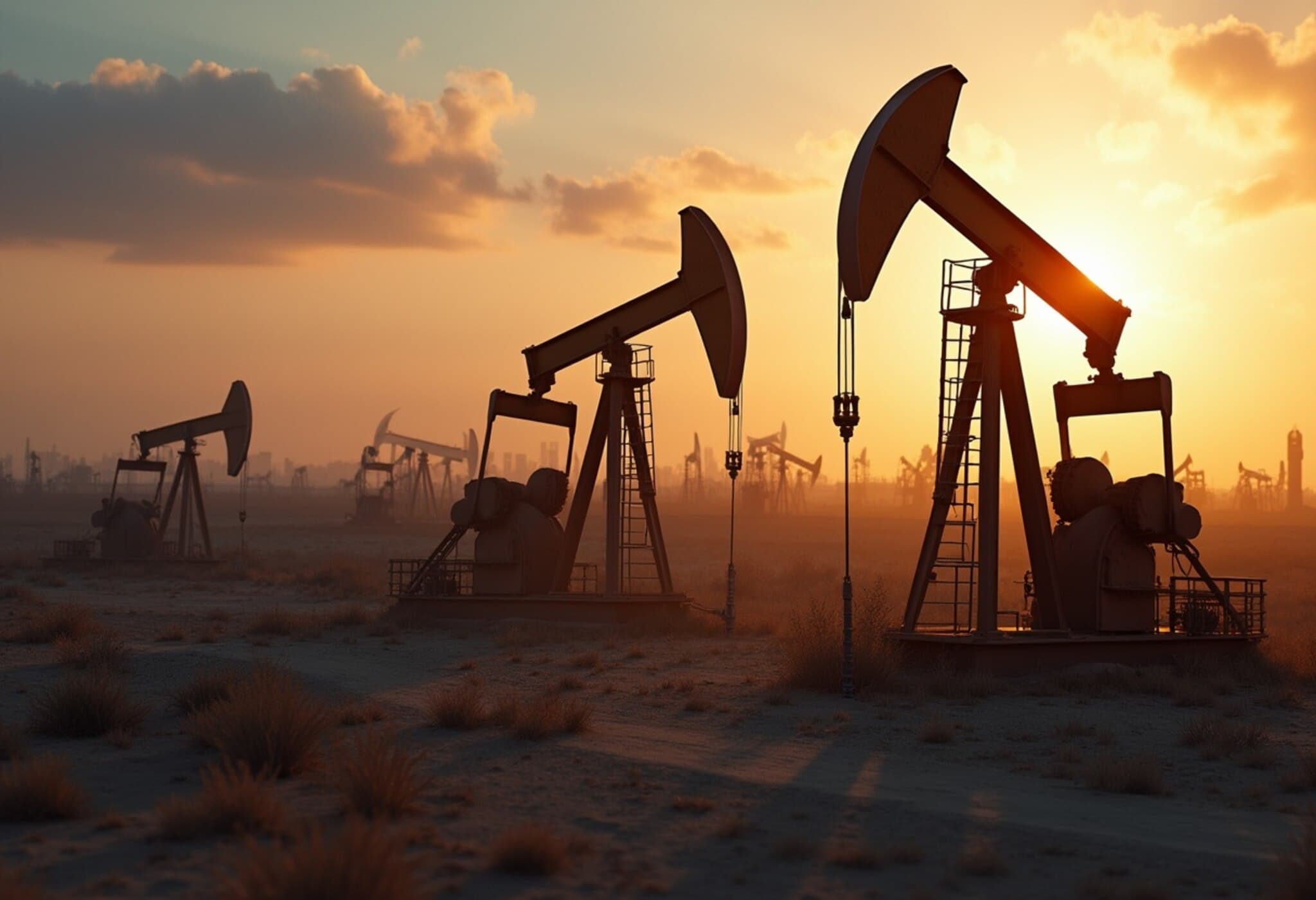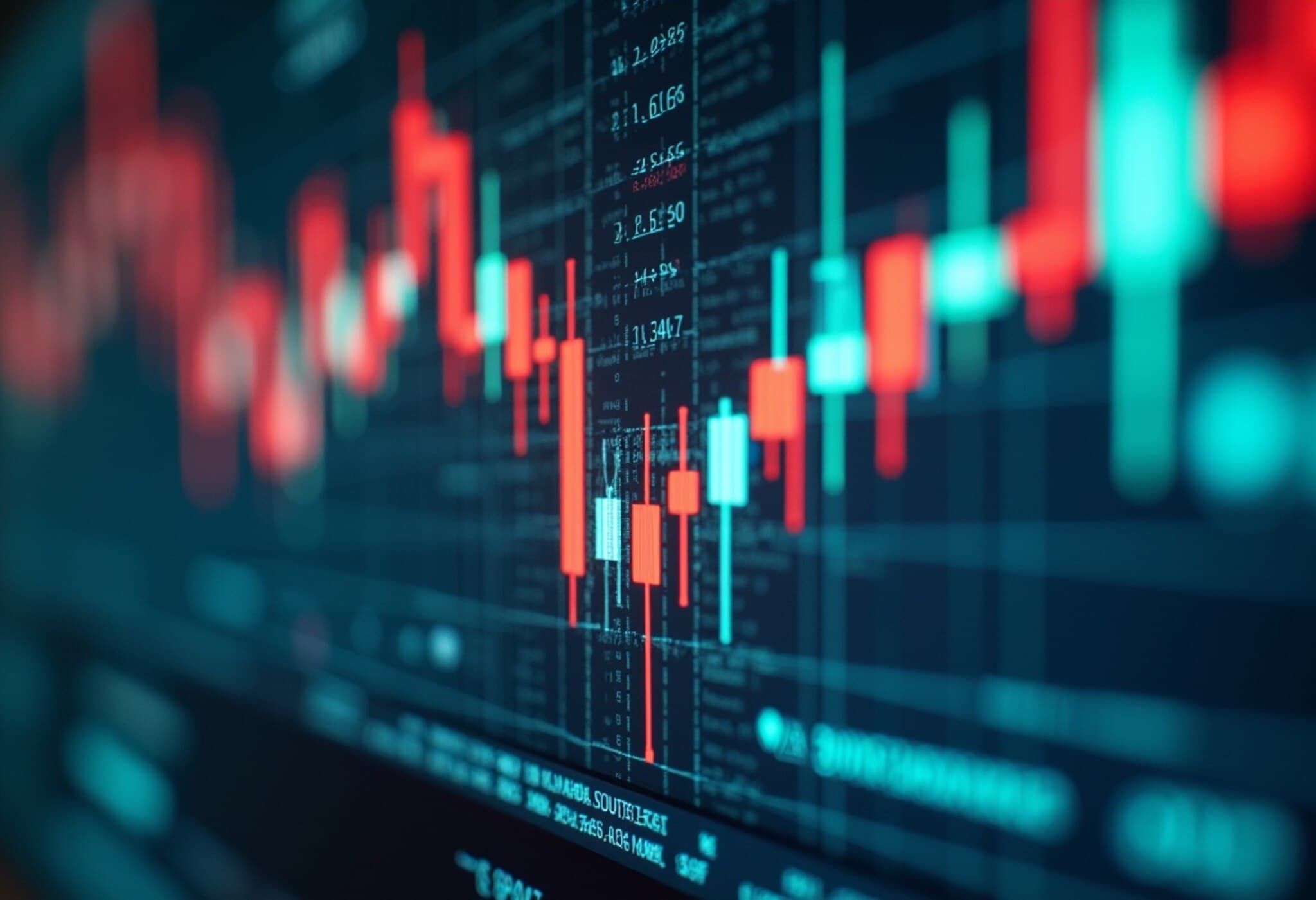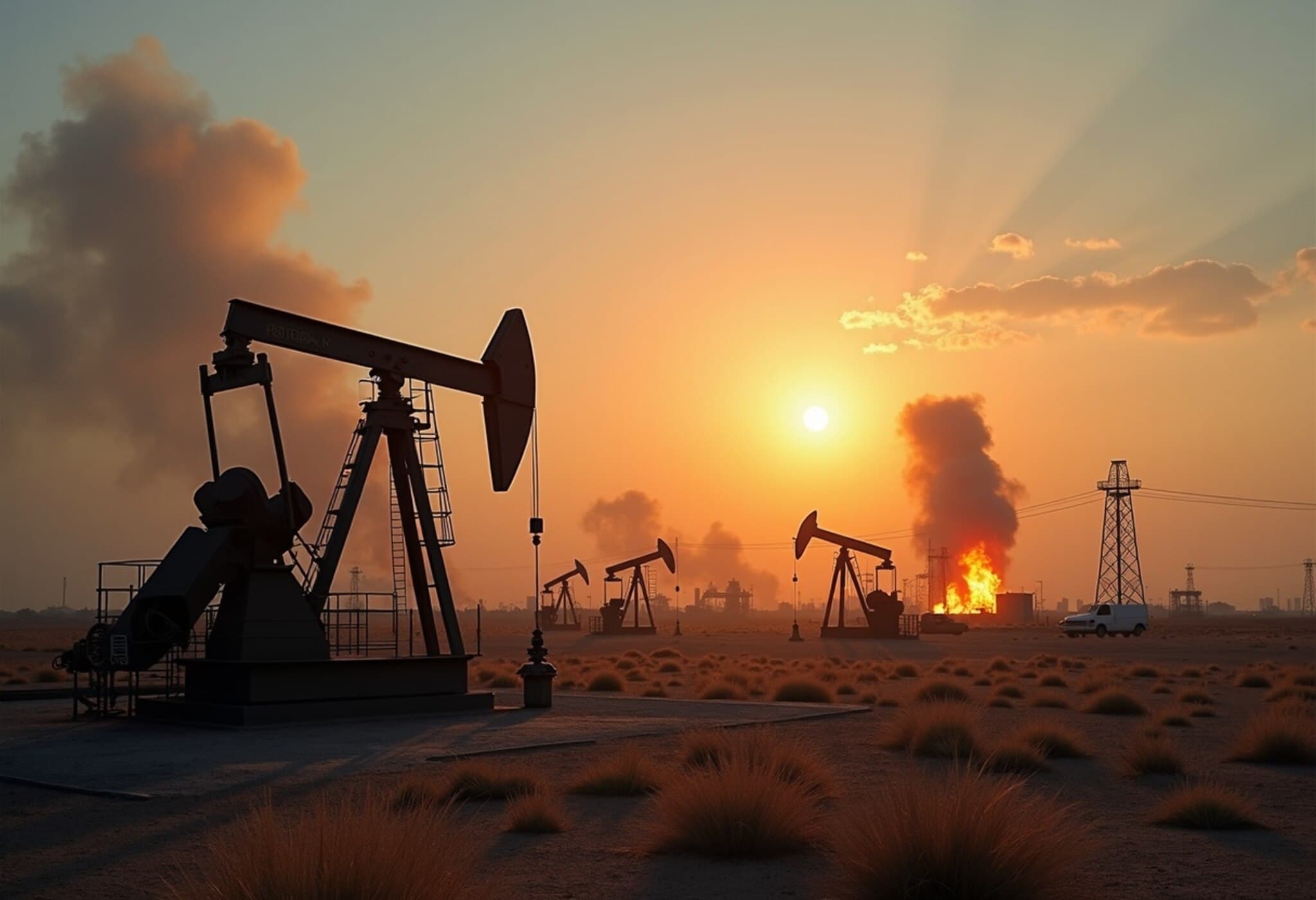Alaska’s Economic Struggles Drag Down Business Competitiveness in 2025
Once a symbol of economic prosperity fueled by oil wealth, Alaska now finds itself grappling with a sharp downturn. According to CNBC’s 2025 rankings, Alaska ranks lowest among all U.S. states for business competitiveness, primarily due to an economy heavily dependent on volatile oil prices.
The Oil Reliance: Boon and Bane
Since the monumental oil discovery in Prudhoe Bay in 1968, oil has shaped every facet of Alaska’s economy and public life. Oil revenues historically allowed the state to eliminate income taxes and bankroll government budgets, including the Alaska Permanent Fund Dividend — a unique program distributing oil wealth directly to residents.
Today, nearly 70% of Alaska's state revenue—and close to half of its operating budget—comes from oil-related income. This makes the state exceptionally vulnerable to global oil market swings. In 2025, worsening this dependency, the price of Alaska North Slope crude oil has dropped by double digits year-over-year, dragging down economic growth and fiscal health.
"When you look at the economic engine by default," Josiah Patkotak, mayor of North Slope Borough, stated, "that happens to be oil and gas by about 98% of our operating budget."
Slow Growth and Budget Uncertainty
Alaska's gross domestic product only grew by 1.5% last year, well below the national average of 2.8%. Compounding the challenge, Alaska's fiscal year 2026 budget is based on a $68 per barrel oil price forecast, a figure that remains uncertain given recent market fluctuations where prices dipped below $64 before briefly recovering.
The unpredictability puts a strain on public services and long-term economic stability, especially in local communities relying almost exclusively on oil revenues.
Efforts to Diversify: Carbon Capture and Natural Gas Pipelines
Recognizing the peril of overreliance on oil, Alaska has sought to broaden its economic base. Gov. Mike Dunleavy recently propelled legislation creating a carbon capture and storage program on Alaska's expansive public lands. While innovative, forecasts suggest this program won’t generate substantial revenue before 2027, meaning it won’t be an immediate remedy.
Meanwhile, a long-discussed $40 billion natural gas pipeline, supported by the Trump administration, aims to leverage Alaska's abundant natural gas reserves for export to Asian markets. If completed, this could become a vital economic lifeline.
"There are countries around the world looking to shrink their trade deficit with the United States, and of course, a very easy way to do that is to buy more American energy," said a pipeline proponent during a recent Prudhoe Bay visit.
Still, even with these potentially transformative projects, Alaska’s economic fortunes remain tied to the nature of global energy markets, highlighting the challenge of sustainable diversification.
Infrastructure and Living Costs Remain Hurdles
Beyond oil dependence, Alaska faces structural challenges undermining business competitiveness. Ranking 49th in infrastructure nationally, Alaska struggles especially in broadband connectivity. Less than 2% of residents have affordable access to broadband, impairing both business growth and quality of life. The state has seen minimal tech sector development compared to more connected regions.
Moreover, high living expenses — such as grocery and fuel prices that can reach extraordinary levels in remote areas — compound residents’ financial burdens. Mayor Patkotak notably remarked, "When you're paying 16 bucks a gallon for milk, we've got to figure out how to make sure that you can afford to buy the milk so you can live here. We've got to make sure you can afford to buy the gas so you can hunt here."
Interestingly, one bright spot is Alaska’s homeowners insurance, projected to be the second lowest nationally, representing a rare affordability advantage amid a challenging cost-of-living landscape.
Looking Ahead: Alaska at a Crossroads
Alaska’s predicament illustrates the broader challenges resource-dependent economies face amid shifting global markets and environmental imperatives. The state’s commitment to carbon capture technologies and natural gas export schemes signals a desire to innovate, but the timeline and scale needed to offset oil’s economic weight remain uncertain.
The road to economic resilience will require expanded investments in infrastructure—particularly digital connectivity—and policies that support diversification into new sectors such as tourism, renewable energy, and technology.
Expert Insight: Economic Diversification is Imperative
Economic analysts argue that Alaska’s story is a cautionary tale about the risks of monoculture economies. ‘‘Governments that rely on a single commodity often find themselves vulnerable to price shocks,’’ notes Dr. Linda Pierce, an energy economist specializing in Arctic economies. ‘‘Alaska’s challenge is reshaping an economic identity and infrastructure after decades of oil dependency, which will take sustained political will and investment.’’
Editor’s Note
Alaska’s fall to the bottom of CNBC’s 2025 business rankings spotlights the fragility inherent in resource-heavy economies. While deeply intertwined with its oil legacy, the state’s future hinges on bold diversification strategies and infrastructural modernization. Policymakers, residents, and investors alike face crucial questions: Can Alaska pivot fast enough in a rapidly evolving energy landscape? And will investments in newer industries suffice to stabilize its economy and improve everyday life for Alaskans?






